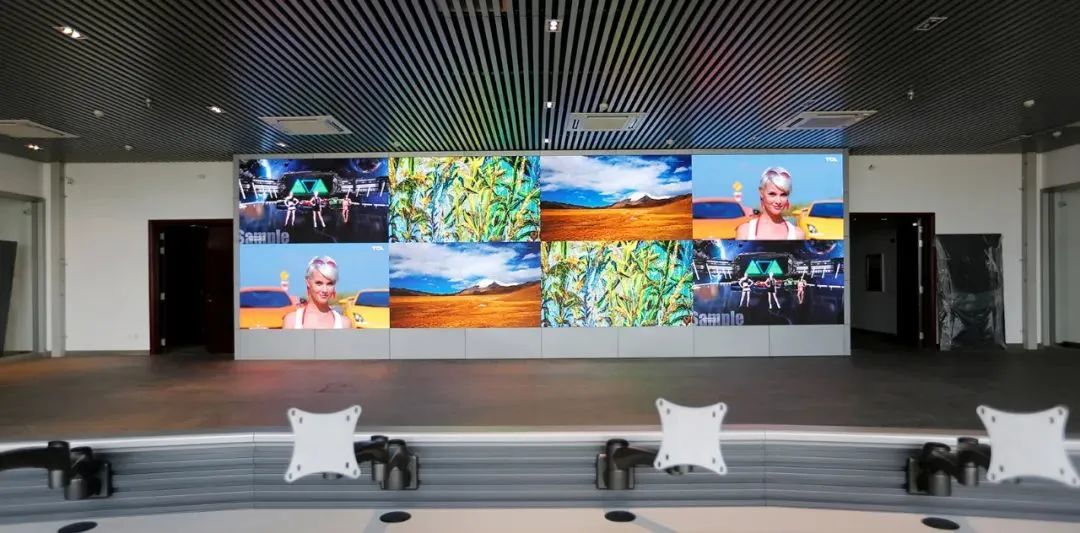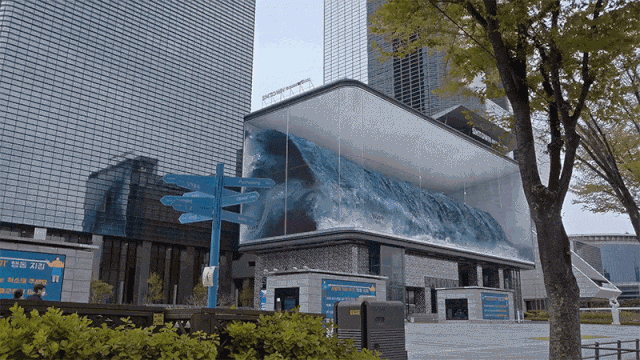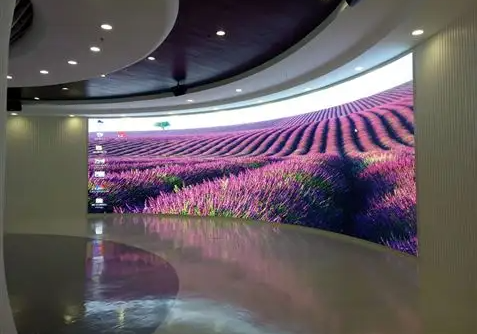The refresh rate of LED display screens is a very important parameter. We know that there are several types of refresh rates for LED display screens, such as 480Hz, 960Hz, 1920Hz, 3840Hz, etc., which are referred to as low brush and high brush in the industry. So what is the relationship between the refresh rate of LED display screens? What determines the refresh rate? What impact does it have on our viewing experience? In addition, what is the appropriate refresh rate for LED splicing into a large screen? These are some professional questions, and users may also be confused when choosing. Today, we will provide a detailed answer to the question of LED refresh rate!
The concept of refresh rate

The refresh rate of LED display screen refers to the number of times the displayed image is repeatedly displayed on the screen per second, measured in Hz, which is also known as Hertz. For example, an LED display screen with a refresh rate of 1920 displays 1920 times per second. The refresh rate mainly affects a major indicator of whether the screen flickers during display, and mainly affects two aspects: the shooting effect and the user's viewing experience.
What are high and low refresh?
In general, the refresh rate of single and dual color LED displays is 480Hz, while there are two types of refresh rates for full-color LED displays: 960Hz, 1920Hz, and 3840Hz. Generally, 960Hz and 1920Hz are referred to as low refresh rates, and 3840Hz is referred to as high refresh rates.

What is the refresh rate of LED display screens related to?

The refresh rate of LED display screens is related to the LED driver chip. When using a regular chip, the refresh rate can only reach 480Hz or 960Hz. When the LED display screen uses a dual lock driver chip, the refresh rate can reach 1920Hz. When using a higher-order PWM driver chip, the refresh rate of the LED display screen can reach 3840Hz.
What is the appropriate refresh rate?
In general, if it is only a single or dual color LED display screen, a refresh rate of 480Hz is sufficient. However, if it is a full-color LED screen, it is best to achieve a refresh rate of 1920Hz, which can ensure a normal viewing experience and prevent visual fatigue during long-term viewing. But if it is frequently used for shooting and promotion, it is best to make the LED display screen with a high refresh rate of 3840Hz, because the LED display screen with a refresh rate of 3840Hz does not have water ripples during shooting, resulting in better and clearer photography effects.
The impact of high and low refresh rates
In general, as long as the refresh rate of LED display screens is higher than 960Hz, it is almost indistinguishable by the human eye. Reaching 2880Hz or above is considered high efficiency. A higher refresh rate means that the screen display is more stable, the movements are smoother and natural, and the image is clearer. At the same time, during photography, the image displayed on LED display screens has no water ripples, and the human eye will no longer feel uncomfortable when watching for a long time, making visual fatigue less likely.
So the refresh rate of our LED display screen mainly depends on our purpose and the type of LED used. If it is only a single or dual color LED, there is no need to pay too much attention to the refresh rate. However, if it is some full-color LED screens indoors, using a 1920Hz refresh rate is also sufficient, and it is now widely used. But if you often need to use it for video shooting or promotional purposes, try to use a high refresh rate of 3840Hz.
Post time: Mar-25-2024




